Innovations in disruptive technology have the potential to dramatically affect how people live their lives and how entire sectors do business. A long-standing product or technology gets displaced, giving rise to an entirely new market. A new technological development may be either supportive or transformative. Disruptive technology is a whole new innovation, in contrast to sustaining technologies which rely on tweaks to current methods.
When thinking of disruptive technology, what comes to mind?
The vehicle, electrical service, and television were all examples of disruptive innovations just a few decades ago. However, as the times evolve, so do they. Currently employed examples of disruptive technology include:
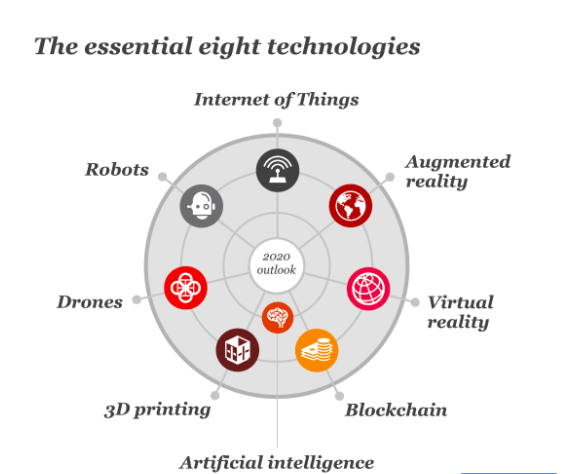 Source: Geospatial World
Source: Geospatial World
Blockchain is a digital ledger or database that records transactions in linked “blocks.” It’s the only system with auditable, immutable, real-time records. Every node in a distributed ledger system has a full copy of the blockchain. More than half of consumers must approve system changes that introduce new data.
 Source:Geek Flare
Source:Geek Flare
“Artificial intelligence” (AI) is when a machine mimics human intelligence when doing a task. This area includes machine learning, pattern recognition, big data, neural networks, and self-algorithms. AI is a complicated field that needs educating a computer to respond effectively to user input. Through self-learning patterns, machines will learn to solve issues no human could. AI data analysis can improve vehicle power management, mobile device operation, weather forecasting, and photo and video anal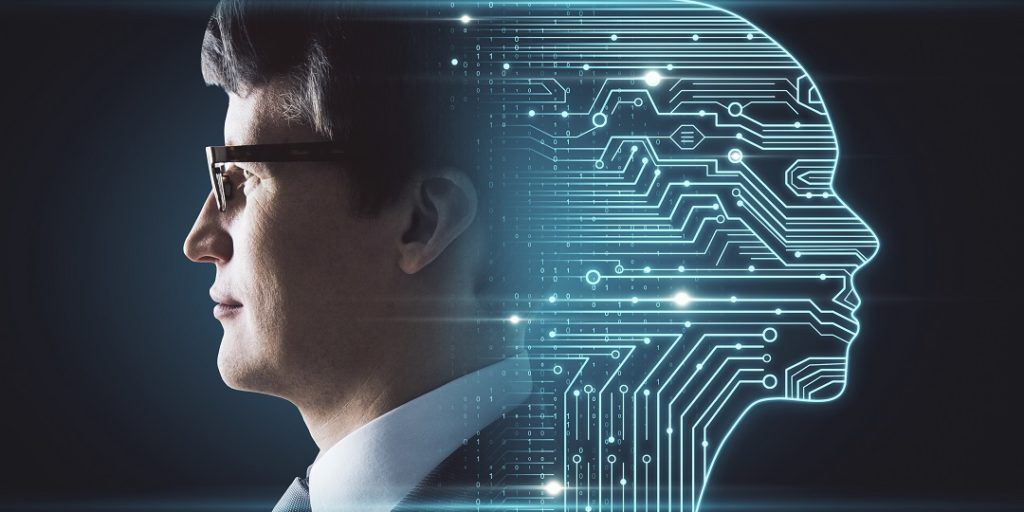 Source: Finance Institute
Source: Finance Institute
5G mobile networks have arrived. This is the next wireless generation after 1G, 2G, 3G, and 4G. It paves the way for a new sort of network that links people, computers, and objects. 5G’s high-band spectrum was tested at 20 Gbps, compared to 4G’s 1 Gbps (gigabits per second). Satcom Industry Association-India (SIA) opposes auctioning millimetre Wave spectrum for 5G services.
IoT, or the Internet of Things, is a term used in the computing industry to express the concept of commonplace physical objects being linked to the internet and having the ability to uniquely identify themselves to other devices. It’s one of the most rapidly developing technologies in the world, and it holds tremendous promise for the betterment of people’s lives, businesses, and markets.
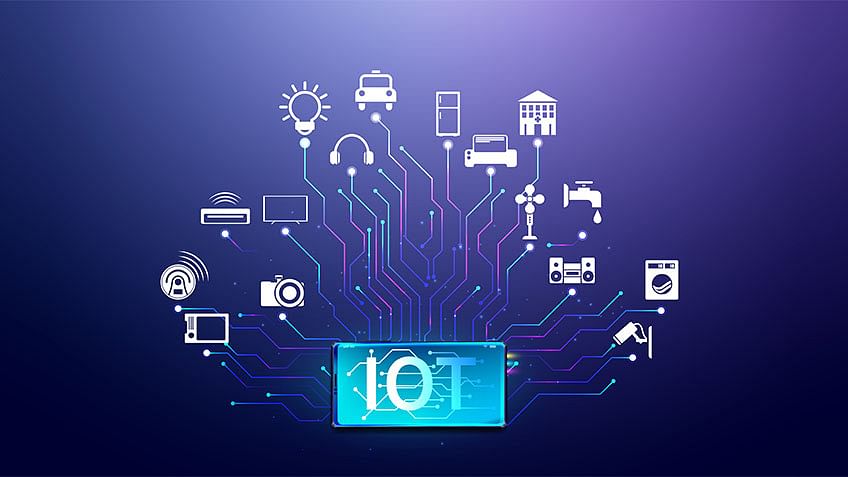 Source: Simplilearn
Source: Simplilearn
Drone technology is short for unmanned aircraft vehicles. Drones have made their way into the mainstream after being first created for use in the military and aerospace industries. Drones can range from being remotely piloted (where a human controls its motions) to fully autonomous, where sensors and LIDAR detectors do all the heavy lifting in determining its path.
Genome editing, also known as gene editing, is a set of tools that allows researchers to alter the Deoxyribonucleic acid (DNA) of a living organism (DNA). These methods make it possible to insert, delete, or modify DNA at specific sites in the human genome.
3D printing, or additive manufacturing, uses polymers and metals to manufacture actual products from computer models. Subtractive manufacturing removes material from a solid block of metal or plastic using milling machines. 3D printing started with prototypes. 3D printing could improve artificial limbs, stents, dental crowns, car parts, and consumer goods.
How Disruptive Technology Improves Status Quo?
Disruptive technologies can innovate regular activities. This innovation changes the industry. Adopting disruptive technology benefits individuals and businesses. Customer problems demand modern solutions. Disruptive innovation affects how a company examines and adjusts its processes, enhances services, and transforms an industry. Disruptive technology helps startups expand.
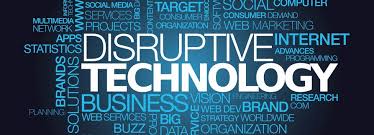
Small firms can expand quickly and outperform larger ones. When a company adopts disruptive technology, it can grow in its current industry or a new one. Economic growth results. Companies that can integrate disruptive technology into their products and services can help existing customers adapt and gain new customers. India’s IT Potential: ‘Digital India’ aims to promote India’s software sector. This would allow additive manufacturing in small settlements and promote rural economy.
Disruptive technology challenges
Developing countries like India face low human capital, weak institutions, and a tough business climate. Disruptive technology isn’t the problem, but ethical considerations concerning privacy, ownership, and openness can be. Disruptive ideas require time to prove in complex markets and to penetrate the market. Disruptive innovations must be market-adaptive.
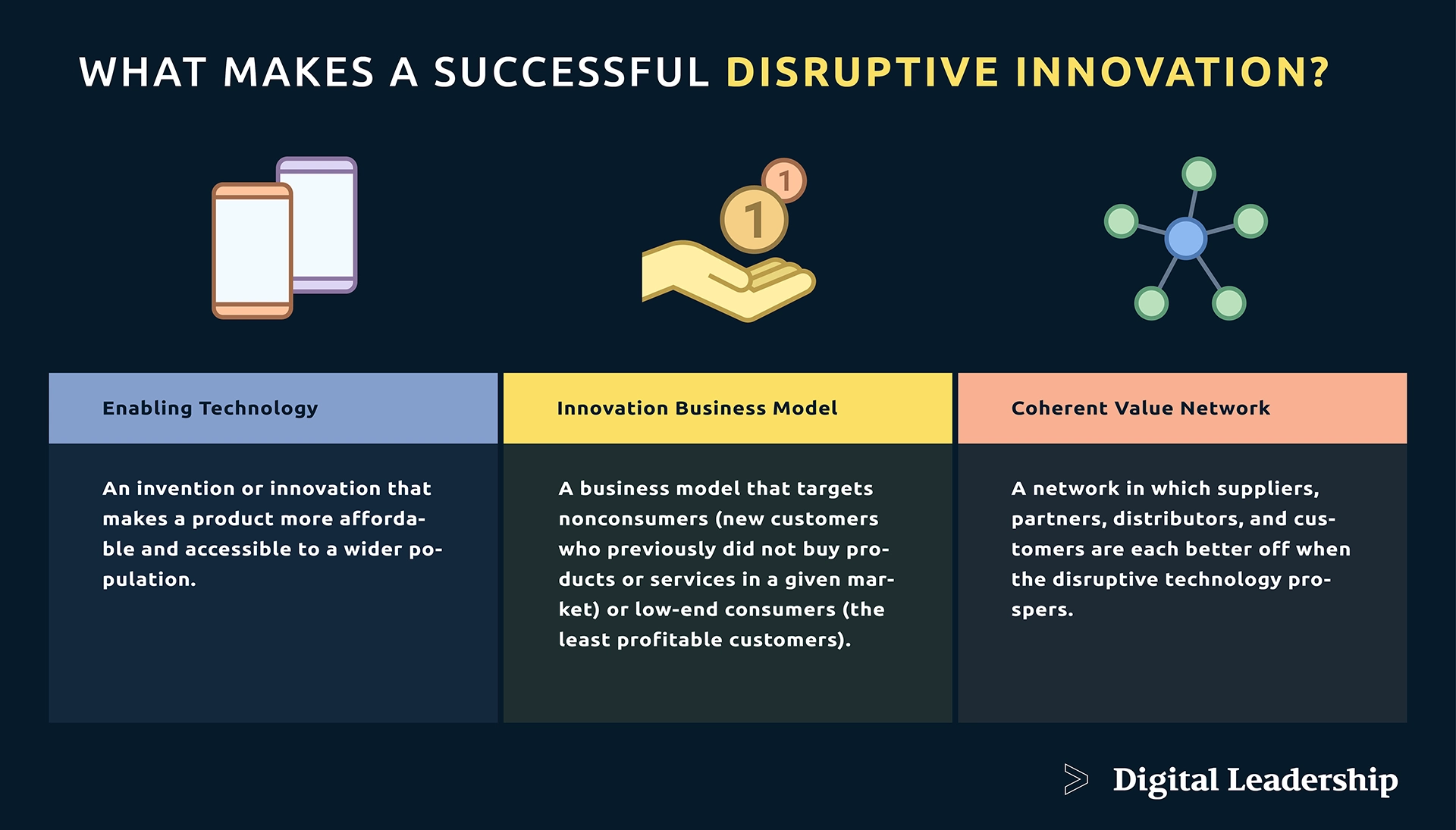
Early-stage new technology is experimental and unpolished, and development can take years. Any new concept, depending on its usefulness and marketability, must gestate. Innovative ideas, products, and services take time to become popular. New ideas or business models tend to disrupt old ideas/products/services/business models, creating strong market competition. This is tough for any new idea because established businesses may do everything to keep them in business.
Disruptive Technology What’s next?
The next generation of technology and innovation should create a favourable environment for disruptive innovations to favourably impact the economy, society, and environment and lessen inequities in the World. Technology alone won’t ensure success without a whole-economy or whole-society strategy. Policymakers must consider local factors to establish social, political, and economic ecosystems where technology produces jobs and fosters equitable growth.
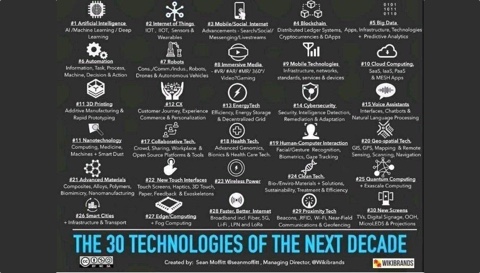
Encourage the creation of product design centres so products fit the Indian environment and consumers. Government support is needed to encourage distributed manufacturing in smaller towns and to help the IT industry create platforms and markets that seamlessly connect consumers, product designers, and manufacturers.Given that many nations have only recently established disruptive technologies like AI, international cooperation is still in development. Multilateral standard-setting












